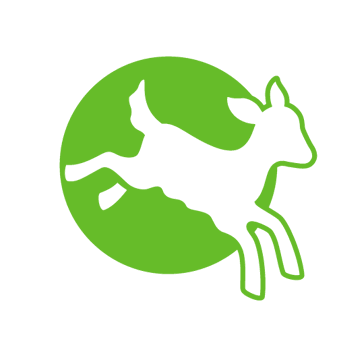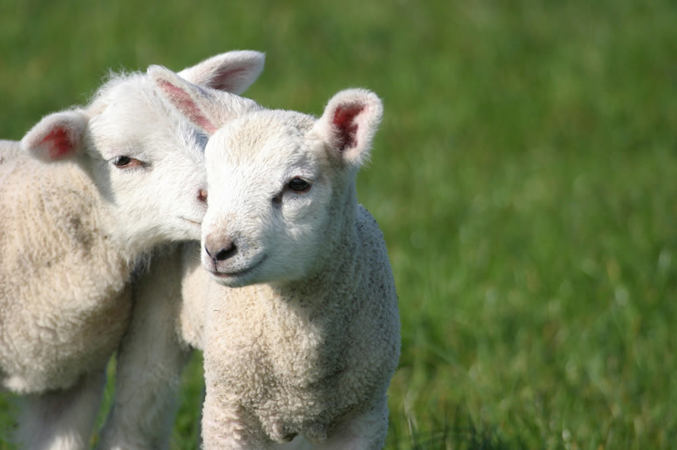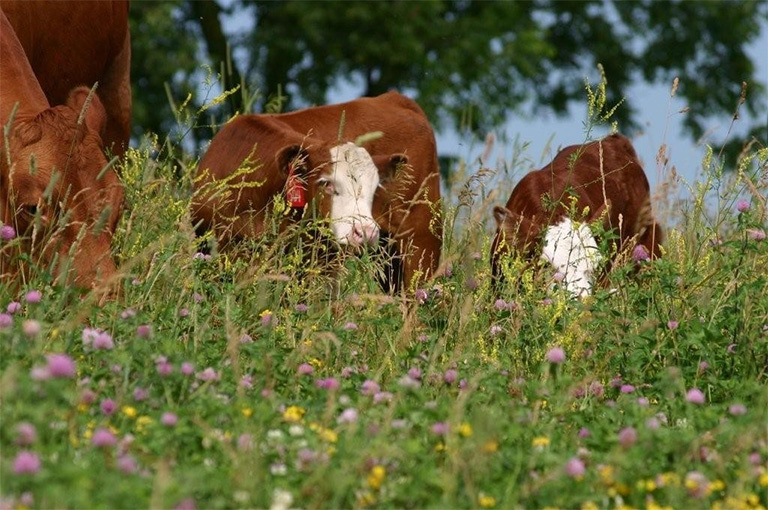Grouped content
Grouped content blocks are used when you want consecutive blocks with sidebars. They are used to prevent duplication of the sidebar when the reader moves from one block to the next.
In this grouping, all blocks that are available for grouped content blocks are used. There is:
- A rich text editor block
- An email sign up form block
- An accordion block
- A form block
Rich text content block
Rich text content blocks are used for the main bodies of text.
The H2s used in rich text content blocks can be used to make the in-page navigation menu on the left. Nb, you can also add titles to accordion blocks, form blocks, and sign up form blocks, and these too will appear in the navigation.
Rich text content blocks can be used without the left-hand menu (fullwidth), but this makes it quite difficult to read, so we advise against this in most cases.
Rich text content blocks also contain lots of features other than just text. For example, you can have:
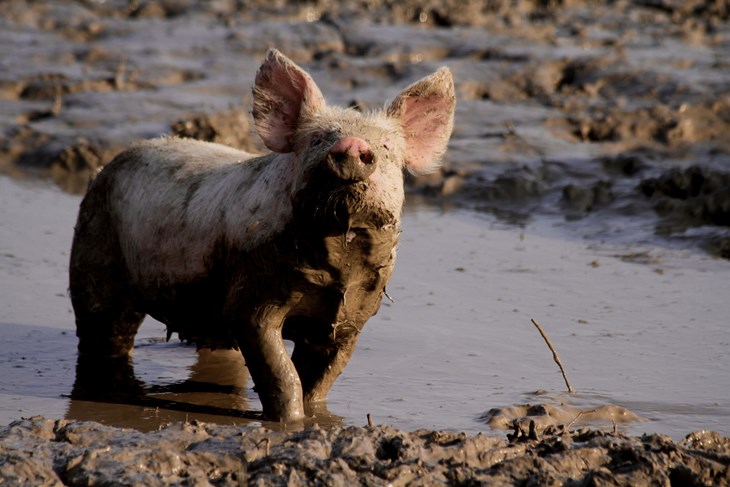
You may rather have:
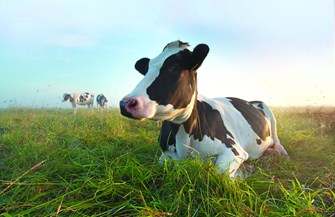
A half-width image with some text alongside it.
Sed ut perspiciatis unde omnis iste natus error sit voluptatem accusantium doloremque laudantium, totam rem aperiam, eaque ipsa quae ab illo inventore veritatis et quasi architecto beatae vitae dicta sunt explicabo.
This is a heading 2
This is a heading 3
You can draw attention to a link by making it a button instead:
Some text in a emphsis block: Add a grey background to a section of text to make it stand out. Sed ut perspiciatis unde omnis iste natus error sit voluptatem accusantium doloremque laudantium, totam rem aperiam, eaque ipsa quae ab illo inventore veritatis et quasi architecto beatae vitae dicta sunt explicabo.
- Bulleted lists
- Bulleted lists
- Bulleted lists
- Bulleted lists
- Numbered lists
- Numbered lists
- Numbered lists
This is a quote
Sed ut perspiciatis unde omnis iste natus error sit voluptatem accusantium doloremque laudantium, totam rem aperiam, eaque ipsa quae ab illo inventore veritatis et quasi architecto beatae vitae dicta sunt explicabo.
John Smith
This is a table with a header row
| Header | Header |
|---|---|
| Content | Content |
| Content | Content |
This is a table with a header row & light background
| Header | Header |
|---|---|
| Content | Content |
| Content | Content |
Sign up form block - this is the title - optional
Some copy for above the form. This can only be plain text - no images, hyperlinks, bold or italic text, line breaks etc. If anything more than plain text is required, this can go in a rich text content block above the form, and the form title and this text could remain empty.
We'll keep you updated about our campaigns
We promise not to spam you and you can unsubscribe anytime. Privacy Policy
Accordion block - this is the title - optional
You can include a small image to appear next to the accordion title. If an image is used, the image file should be square.
All the options available in rich text content blocks are available for each accordion item. For example, you can have:

You may rather have:

A half width image with some text along side it.
Sed ut perspiciatis unde omnis iste natus error sit voluptatem accusantium doloremque laudantium, totam rem aperiam, eaque ipsa quae ab illo inventore veritatis et quasi architecto beatae vitae dicta sunt explicabo.
- Bulleted lists
- Bulleted lists
- Bulleted lists
- Numbered lists
- Numbered lists
- Numbered lists
This is a table with a header row
| Header | Header |
|---|---|
| Content | Content |
| Content | Content |
This is a table with a header row & light background
| Header | Header |
|---|---|
| Content | Content |
| Content | Content |
You can include a small image to appear next to the accordion title. If an image is used, the image file should be square.
All the options available in rich text content blocks are available for each accordion item. For example, you can have:

You may rather have:

A half width image with some text along side it.
Sed ut perspiciatis unde omnis iste natus error sit voluptatem accusantium doloremque laudantium, totam rem aperiam, eaque ipsa quae ab illo inventore veritatis et quasi architecto beatae vitae dicta sunt explicabo.
- Bulleted lists
- Bulleted lists
- Bulleted lists
- Numbered lists
- Numbered lists
- Numbered lists
This is a table with a header row
| Header | Header |
|---|---|
| Content | Content |
| Content | Content |
This is a table with a header row & light background
| Header | Header |
|---|---|
| Content | Content |
| Content | Content |
Using accordions: The accordions should be used to hide away content that isn't core to the page, and allow users to reveal content that might support the main topic.
Form block - this is the title - optional
Slideshow block
You can add as many slides as you choose - but do think about how likely people will be to see the later slides.
Titles, summaries, and buttons are optional for slideshows. You may just wish to have the images and nothing else.
Images used on slideshows should not have words embedded in them. Use the title/caption fields for any text you wish to add - these are also plain text fields, so no bold or italics, no hyperlinks etc. But there is the option of a button if you wish to link to something.











